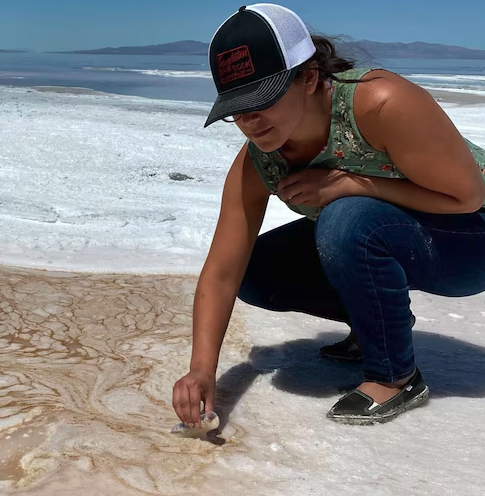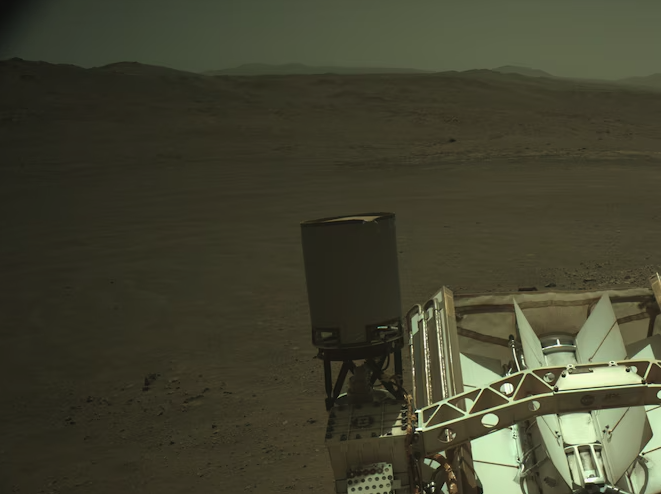Harold Blum: Combinations and Connections
August 28, 2025
Above: Harold Blum
As any researcher will tell, the most daunting challenge of their field is often to find a strong connection between the hard work they do and the funding needed to make it happen.
It can be a difficult bridge to build, which is why the National Science Foundation’s (NSF) CAREER Program provides grants to talented individuals to elevate their efforts to new heights. Harold Blum is among these awardees, having secured $450,000 in funding to support his research.
This is not Blum’s first connection with the foundation. Under the mentorship of department chair Tommaso de Fernex, Blum held an NSF Postdoctoral Fellowship here at the University of Utah. After continuing and finishing said fellowship at Stony Brook University, he circled back to take up an assistant professor position, where he worked for many years.Blum’s research focuses on algebraic geometry, specifically in the area of higher dimensional shapes. A particular aim of his that the grant is financing is to develop theory for constructing parameter spaces of Calabi-Yau manifolds, a concept used heavily in string theory. But that’s not to say all his work is 6th dimensional, as algebraic geometry has far-reaching applications. “One of the reasons I find this field so interesting is that it combines so many aspects of mathematics,” Blum explains, continuing that “modern algebraic geometry research involves inputs from mathematical physics, differential geometry and number theory. As well, algebraic geometry has been applied to areas including cryptography, computer vision, and optics.”
With such a varied combination of fields, a strong interconnected community is required to bring in the necessary expertise. Blum has been delighted to find that community at the U, celebrating it as “a hub for research in algebraic geometry since the 1980s.” He’s enjoyed these connections with the faculty, postdocs and graduate students that share in his field, as well as those with his students. The community of mathematics in general is something Blum views very fondly, as he’s “learned so much from all my collaborators, and it’s simply more exciting doing math with other people than it is doing it alone.”
Blum’s journey will be taking him away from the U to Georgia Tech at the end of this academic year, and while we’re sad to see him go we also applaud the fantastic work he did here and the awarding of his grant.
And it’s not like his influence is gone. Those community connections will always hold strong, collaborative work will continue, and we eagerly await what new heights his research will take him next. ~Michael Jacobsen
by Michael Jacobsen
You can read about Harold Blum's colleague Anna Little who is also recipient of the prestigious NSF Career Award here.







 Scaling up while scaling down costs
Scaling up while scaling down costs